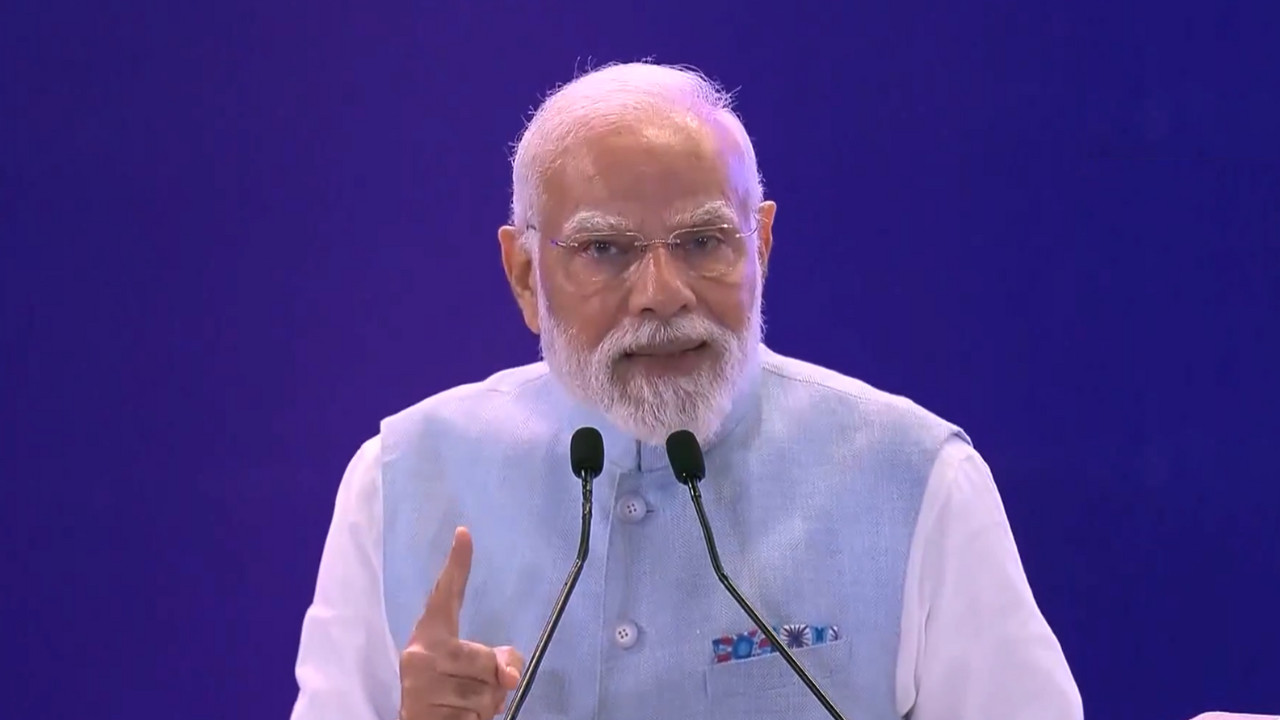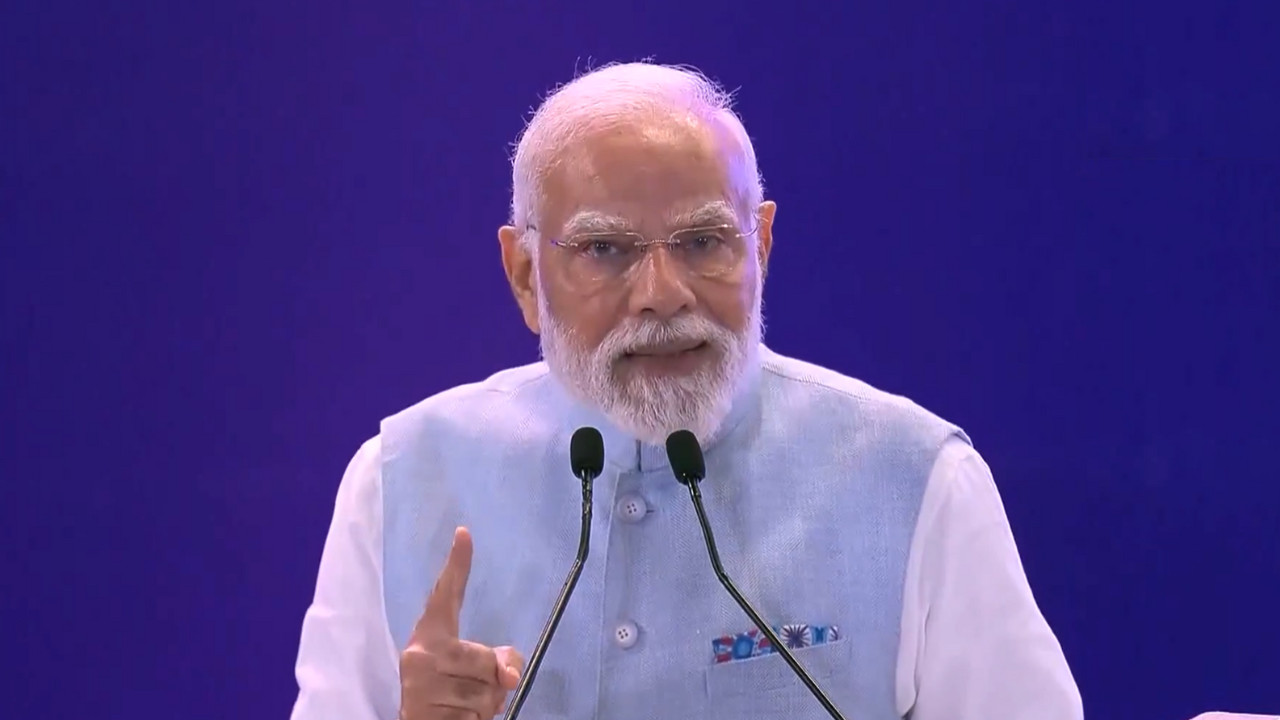Gross direct tax collections saw a modest increase of under 5% up to June 19, with advance tax receipts growing at a muted 3.9%, signaling potential concerns about corporate profit growth. Net direct tax collections dipped slightly due to a significant surge in refunds, reflecting the finance minister’s push for quicker disbursal.
Taxing Times? Decoding India’s Latest Direct Tax Numbers
Okay, let’s talk taxes. I know, I know, not exactly the stuff of water cooler conversations. But hear me out. These numbers, released recently about India’s direct tax collections, offer a fascinating glimpse into the health of our economy and the factors shaping it. Think of it as reading a financial weather report – it tells us a lot about what’s going on under the surface.
So, the headline? India’s net direct tax collection has dipped slightly, by about 1.4%, landing at ₹4.6 lakh crore. Now, before you start picturing economic doom and gloom, let’s unpack what’s behind these figures.
First, it’s crucial to understand what “net direct tax collection” actually means. It’s essentially the total amount of direct taxes – think income tax and corporation tax – collected by the government, minus the refunds they’ve paid out. This gives us a clearer picture of the actual revenue flowing into the national coffers.
The article highlights two key contributing factors to this slight decline: refunds and advance tax.
Let’s start with refunds. It seems the government has been issuing refunds quite liberally, and that’s actually good news. Why? Because it means the tax department is efficiently processing claims and returning money to individuals and businesses. This injects liquidity back into the economy, potentially stimulating investment and spending. Think of it as a turbo boost for the financial engine. When individuals and businesses get their money back promptly, they’re more likely to reinvest it, creating a positive ripple effect.
Now, onto advance tax. This is where things get a little more nuanced. Advance tax is paid in installments throughout the year by individuals and companies who anticipate owing a certain amount of tax. The dip here could signal a potential slowdown in projected income and profits. However, it’s also important to remember that we’re looking at figures from the first quarter (April-June) of the financial year. Seasonal factors can definitely play a role. For instance, certain sectors might experience a lull during these months, affecting their profit margins and, consequently, their advance tax payments.
So, should we be worried? Not necessarily. This isn’t necessarily a cause for immediate alarm. It’s more like a yellow flag signaling the need for careful observation.
Instead of jumping to conclusions, let’s consider a broader perspective. The Indian economy has been navigating a complex landscape of global uncertainties. From geopolitical tensions to fluctuating commodity prices and supply chain disruptions, businesses have faced a barrage of challenges. These external factors can definitely influence corporate profitability and individual income, ultimately impacting tax collections.
Furthermore, the government’s own policy decisions play a significant role. Initiatives aimed at boosting specific sectors, providing tax incentives, or streamlining compliance processes can all have a ripple effect on tax revenue. Sometimes, short-term dips in collections can pave the way for longer-term economic gains. Think of it as investing in infrastructure – you might not see immediate returns, but the long-term benefits can be substantial.
Another important point to consider is the evolving nature of the Indian economy. With the rise of the gig economy, freelancing, and entrepreneurship, traditional tax collection methods might need to adapt. Ensuring that these newer forms of income are properly accounted for and taxed is crucial for sustainable revenue generation. The government needs to keep pace with the changing economic landscape and implement innovative tax policies that are fair, efficient, and conducive to growth.
Ultimately, interpreting these tax figures requires a holistic approach. Looking at them in isolation can be misleading. We need to consider the broader economic context, government policies, and evolving business trends to truly understand what they signify.
The bottom line? While a slight dip in net direct tax collection might raise eyebrows, it’s not necessarily a sign of impending doom. It’s a reminder that the Indian economy, like any complex system, is subject to constant fluctuations. What truly matters is our ability to analyze these trends, understand their underlying causes, and adapt our policies accordingly. These tax numbers aren’t just dry statistics; they’re pieces of a larger puzzle, and it’s up to us to put them together to get a clearer picture of India’s economic future. It’s a continuous monitoring process, and I, for one, will be watching with keen interest to see how the rest of the year unfolds.







